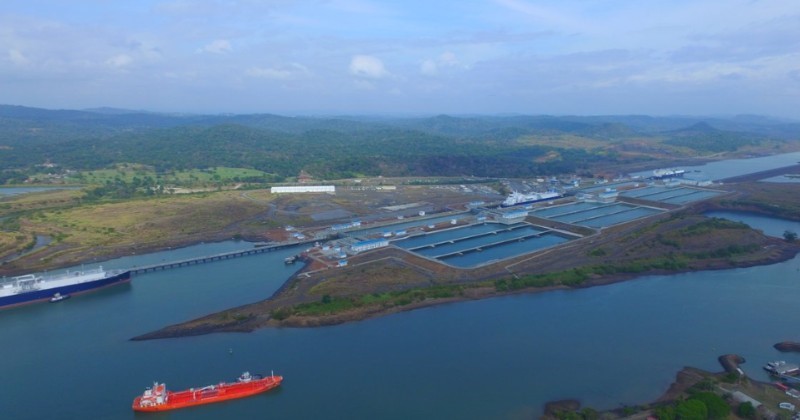Adjustments made after industry input, including delayed implementation for some market segments.
September 9, 2019

The Cabinet Council of the government of the Panama has officially approved a modification of the Panama Canal toll structure following a recommendation from the Panama Canal board of directors.
The new structure enhances the canal’s ability to provide competitive service and reliability for the global shipping and maritime community. The approved modifications include the tolls charged to Neopanamax dry bulk vessels carrying iron ore, Neopanamax dry bulk vessels transiting in ballast, the vehicle carrier and roll-on/roll-off (RoRo) segment and the liquid bulk segment, including oil and product tankers, chemical tankers, liquid petroleum gas (LPG) and liquid natural gas (LNG) vessels.
The approved modifications also include adjustments made in response to topics discussed during meetings with customers and industry representatives held prior to the process as well as feedback received during the formal consultation period.
Such adjustments exclude the proposed toll modification for the passenger vessel segment, which will continue to be charged per the current tariff structure. Additionally, considerations were granted to postpone the implementation date for tolls applicable to certain segments until the months of April and May 2020.
Specifically, the final toll structure modifications include the following:
Dry bulk segment -- Matched tolls will be charged to Neopanamax vessels carrying iron ore with the tolls assessed for grains and “other dry bulk” cargoes. Includes a tariff increase for Neopanamax dry bulkers transiting in ballast.
Containership segment -- Two new categories will be incorporated to the Loyalty Program with the objective of incentivizing the deployment of increased cargo volumes and additional services through the waterway.
Containers on deck -- There will be a new rate for vessels carrying containers on deck that do not belong to the container shipping segment, allowing for differentiated charges for containers that are empty, dry or refrigerated.
Vehicle carrier and RoRo segment -- The tolls charged will be modified and the vessel capacity ranges will be revised in order to clearly differentiate the current fleet. Based on the recommendations received, the tolls presented in the original proposal were adjusted for Neopanamax vessels.
Tankers, chemical tankers, LPG and LNG vessels -- Toll structures remain unchanged, but toll adjustments were approved to more closely align with the value of the route.
Small vessels and local tourism -- Tolls were revised upward to consider the resources used in the transit.
The approved toll adjustments will go into effect based on the following schedule:
Jan. 1, 2020 -- Modifications for minimum tolls applicable to small vessels, improvements to the Loyalty Program for container vessels, considerations to charge based on timber summer deadweight tonnage (DWT) or summer loaded DWT, whichever is higher, only for dry bulk vessels carrying timber deck cargo.
April 1, 2020 -- Modifications for the liquid bulk segment, modifications for Neopanamax dry bulk vessels carrying iron ore and Neopanamax dry bulk vessels transiting in ballast, modifications for the vehicle carrier segment, differentiation of the 20 ft. equivalent unit tariff applicable to non-container vessels carrying containers on deck.
May 1, 2020 -- Modifications for the intra-maritime cluster -- local tourism segment.
The proposed toll modifications were officially announced on June 14, 2019. This initiated a formal 30-day consultation period concluded by a public hearing held on July 24, 2019, to ensure that all interested parties could provide feedback for consideration.
You May Also Like


.png?width=300&auto=webp&quality=80&disable=upscale)
